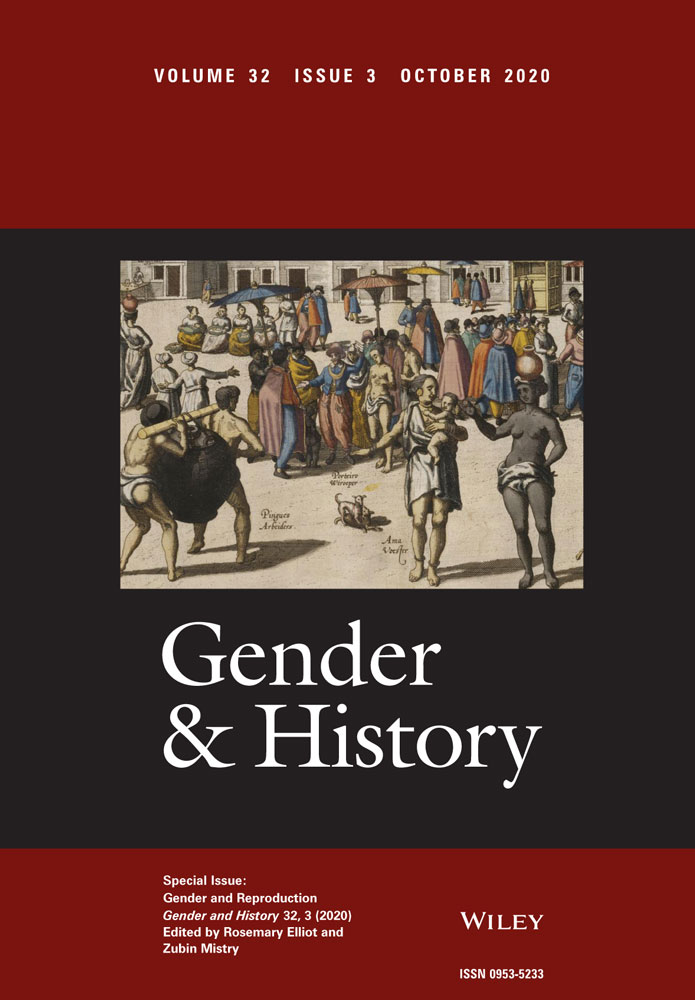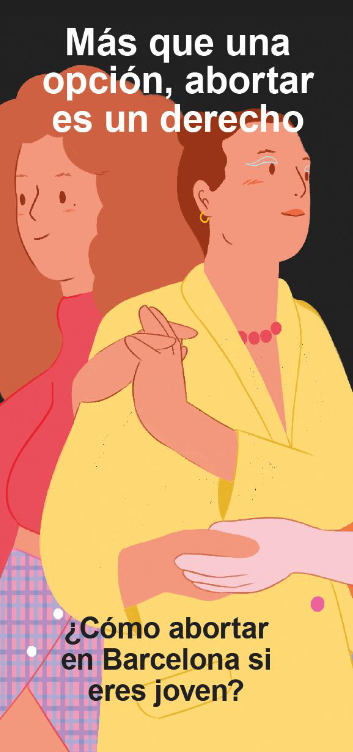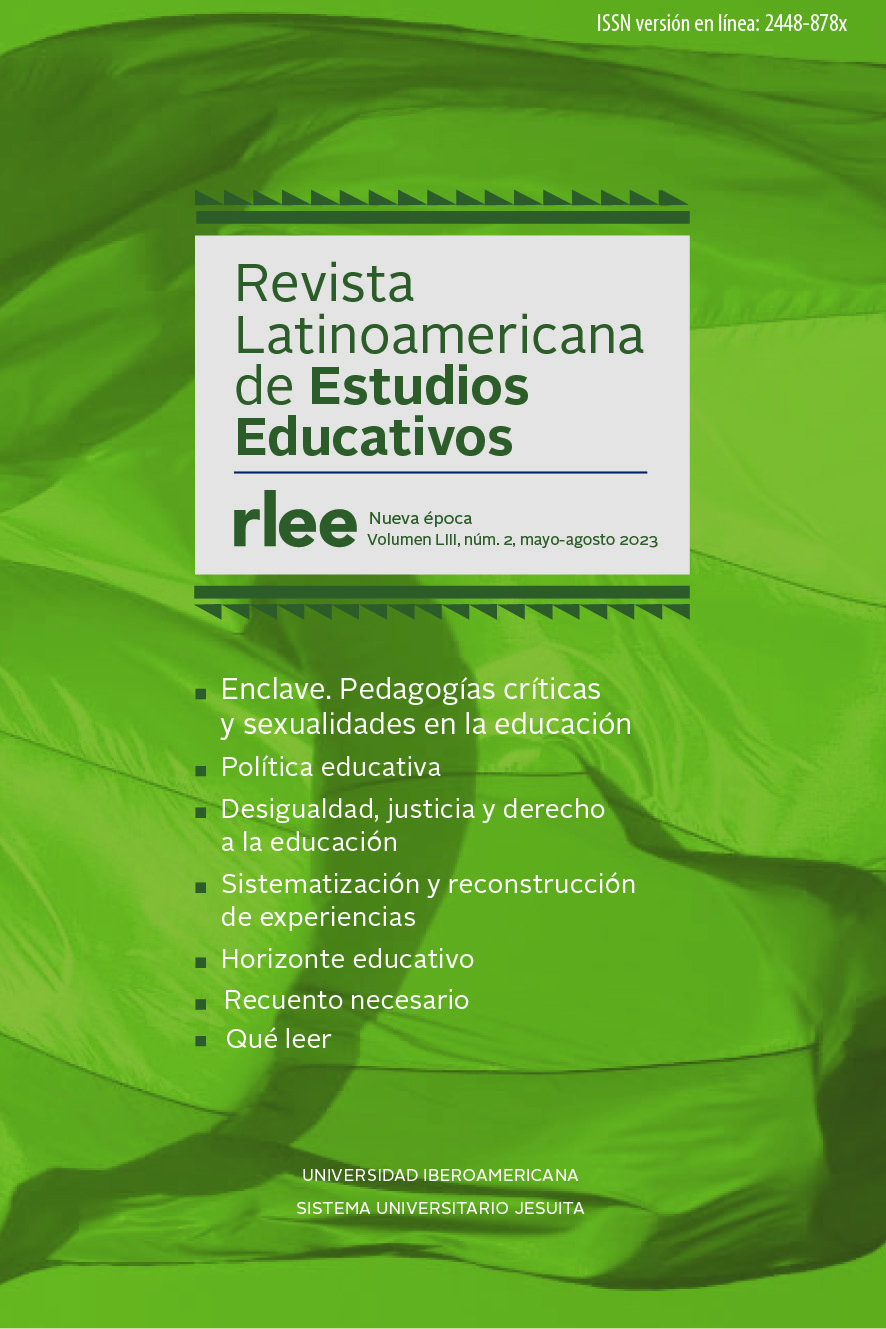Resumen
In August 1871, the New York Times published the findings of an undercover investigation undertaken by one of its reporters into the abortionists who operated in the city. This coincided with the discovery of the body of Alice Bowlsby in a travelling trunk at a railroad depot, who had died as a result of surgical abortion. For the New York Times, abortion was a great ‘evil of the age’ that flourished due to its hidden nature and public indifference towards it. Its pervasiveness was aided by newspaper advertising – particularly in the New York Herald – alongside legislation that failed to prevent untrained physicians from risking women's lives. This paper uses the undercover investigation to historicise the early American anti-abortion movement. Rather than agitate for foetal rights or personhood as later twentieth-century anti-abortion activists would, this article argues that the New York Times politicised the practice through its sustained campaign by connecting abortion with a range of social concerns. This included the role of women in society, the nature of class distinctions and the advancement of medical professionalisation. Further, this article revises our understanding of the close relationship between the press and abortion in nineteenth-century America.






